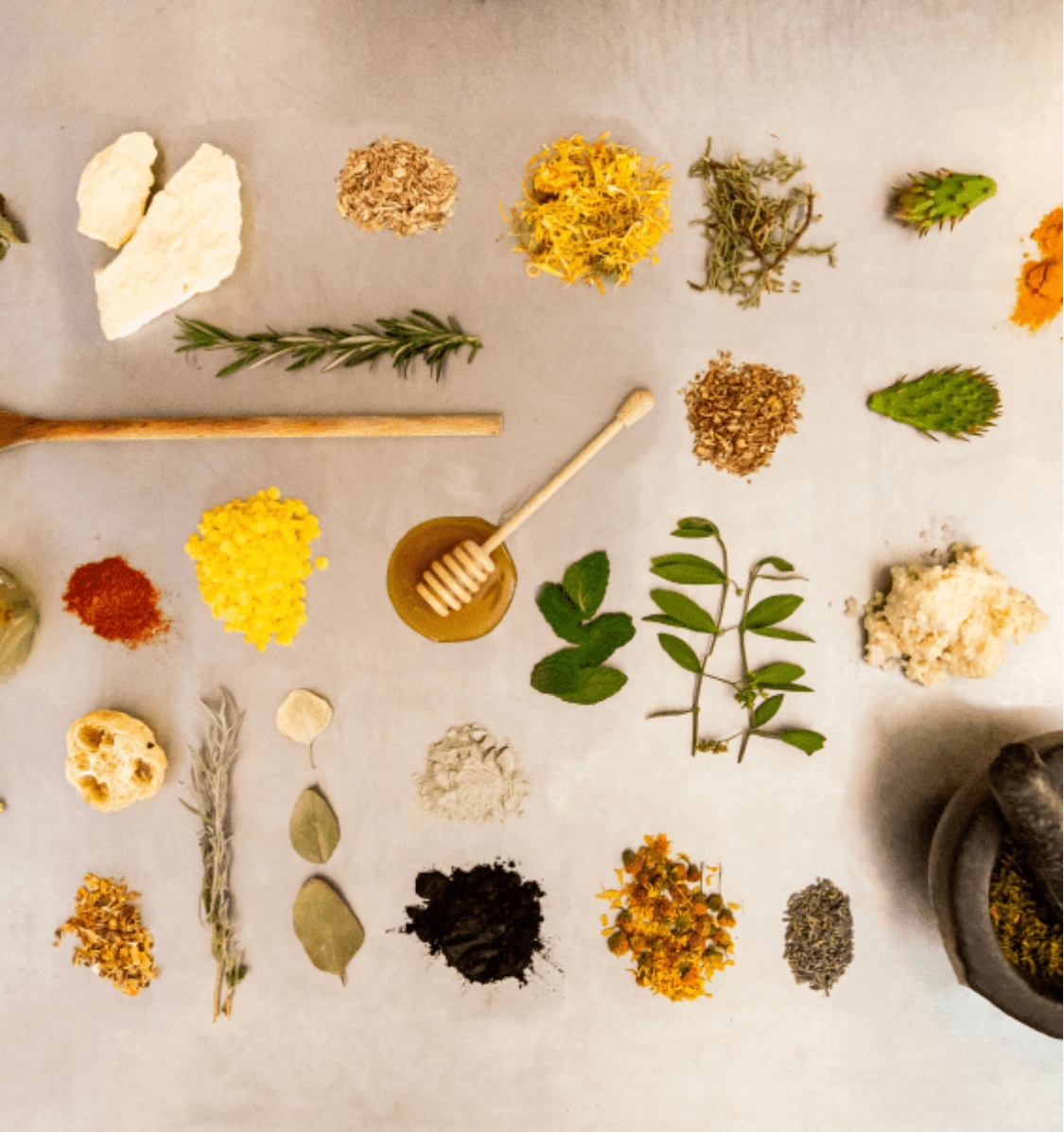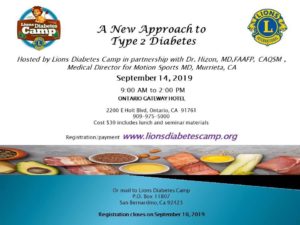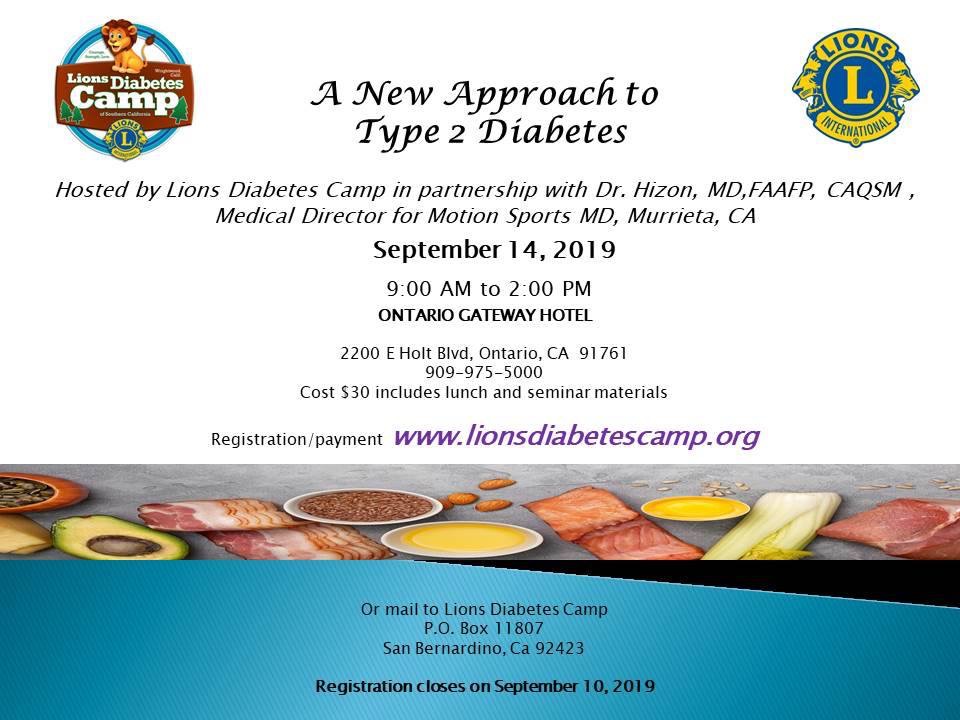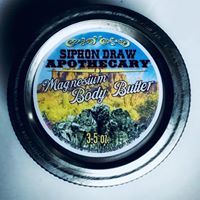Let’s get basic:
Na=Sodium
NaCl=Sodium chloride
Sodium is the 6th most abundant element on Earth.
Sodium is an essential element for ALL animals and some plants. Sodium ions are the major cation (positive charge) in the extracellular fluid. Loss of water (dehydration) from the cell increases the sodium concentration. (Good ole term-retaining water!)
Salt is vital to good health, and is required by the human body in order to function properly. Sodium functions as an electrolyte, and assists with regulating the electrical charges within our cells. Chloride supports potassium absorption, enhances carbon dioxide transportation, regulates body fluid levels, and is an essential component of digestive acids.
The living human cells pump three sodium ions out of the cell in exchange for two potassium ions pumped in. In nerve cells, the electrical charge enables transmission of the nerve impulse.
So…blah blah blah…what does that all mean? Sodium is necessary for your nervous system, and all the avocados I recommend eating have high amounts of potassium (about 1000mg), and drinking water is important, in a nut shell. It’s all a balance and there is a method to my madness!!
Try to aim for 2300mg of sodium a day and double your potassium at 4700mg!
SO…as you decrease your processed foods (which are HIGH in processed salts), more natural foods do not contain nearly the amounts so you will need to learn to add it to your meals, and that’s OK!
Sea salt is produced through evaporation of ocean water or water from saltwater lakes, usually with littleprocessing. Depending on the water source, this leaves behind certain trace minerals and elements. The minerals add flavor and color to sea salt, which also comes in a variety of coarseness levels.
Table salt is typically mined from underground salt deposits. Table salt is heavily processed to eliminate minerals and usually contains an additive to prevent clumping. Most table salt also has added iodine, and usually contains an additive such as silicon dioxide to prevent clumping.
Recipe:
IN ADDITION:
Ever tried a therapeutic foot/body soak with sea salt?
Salt is wonderful for softening and rejuvenating the skin, it is a great exfoliant for dry skin cells, relaxes muscular aches, pains, sunburns, rashes, and irritated skin. Sea salt is commonly used to make bath bombs, bath teas, soap making and in deodorant.
I have a few of my favorite people I love to refer to where you can get quality body products from.
Www.mountainroseherbs.comSea Salt facts
(use JLDFIT at checkout & she will give you 10%off)
Bath_Smack.co on Instagram









